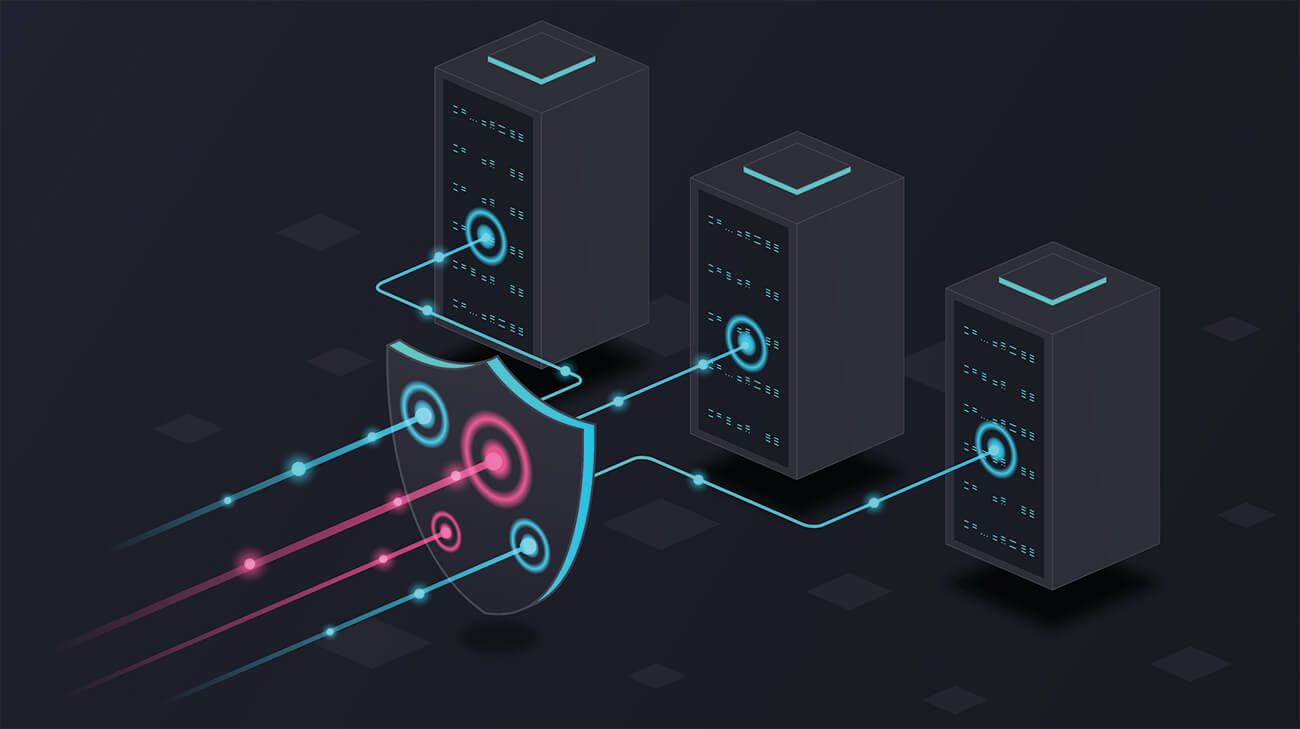Why Zero Trust and Compliance Go Hand in Hand

Combining a Zero Trust strategy with compliance regulations such as NIS2, DORA, HIPAA, ISG, GDPR and other relevant standards is a serious task and challenge for companies that want to strengthen their security and ensure compliance with legal requirements. The right choice of cyber security tools can make all the difference.
How can you increase security while meeting legal requirements?
Pairing zero trust with compliance and cyber security regulations and other relevant security standards is a major chance for companies that want to increase their security and meet legal requirements.
Zero Trust is a security framework that assumes no implicit trust within the network. Every user, device, and application is treated as untrusted, and everyone who wants to access resources must be verified. Integrating a zero-trust strategy into compliance requirements is legally and technically essential for organizations that want to improve their security and cyber resilience and comply with regulations.
The Zero Trust principles combined with a robust Network Detection and Response (NDR) solution improve compliance, increase security and reduce the risk of data breaches or ransomware attacks.
Close collaboration between legal, compliance, and IT security teams is also essential for organizations to ensure that zero trust implementation complies with the specific requirements of NIS2, HIPAA, GDPR and other applicable regulations. It is advisable to regularly update security measures and processes to adapt to regulatory changes and new threats.
To improve compliance with the cybersecurity regulations, it is critical to understand their specific requirements and identify privacy needs, access controls and security measures. Strategies such as implementing micro-segmentation, following the principle of least privilege and using encryption for data transmission and storage are mandatory.
Organizations should also focus on continuously adapting their security posture to emerging threats, training their staff, managing their third-party vendors and keep consistent documentation.
9 Guidelines to implementing Zero Trust and to be compliant
What does integrating Zero Trust into your current IT architecture encompass?
Below are some general guidelines, grouped into nine key areas, to assist you in integrating a Zero Trust approach into your compliance regulations:

1. Understanding Zero Trust:
- Embrace the concept that threats can originate both externally and internally; trust is never assumed and must be constantly verified.
- Enforce access controls and segmentation to ensure users and devices access only the necessary resources.
2. Implementing Zero-Trust Architecture:
- Introduce a Zero-Trust architecture that doesn't assume implicit trust.
- Verify and authenticate every user, device, and application attempting to access resources.
3. Understanding Compliance Requirements:
- Gain detailed knowledge of the specific requirements of regulations such as NIS2, DORA, HIPAA, GDPR, and others.
- Identify which data needs protection, who can access it, and the prescribed security measures.
4. Continuous Monitoring and Incident Response:
- Implement continuous monitoring and auditing for user and system activities.
- Regularly review logs and audit trails to promptly detect and respond to suspicious behavior.
5. Use Network Detection and Response (NDR):
- Choose an NDR solution aligning with Zero-Trust principles and meeting compliance requirements.
- Ensure the NDR solution provides continuous monitoring, threat detection, and response capabilities.
6. Detection of Anomalies and Threats:
- Configure the NDR solution to automatically detect anomalies and suspicious activities.
- Integrate Threat Intelligence Feeds to respond effectively to current threats.
7. Follow the Least-Privilege Principle:
- Grant the minimum access necessary for users and systems to perform their tasks.
- Regularly review and update access permissions.
8. Develop an Incident Response Plan:
- Develop a robust incident response plan aligned with the requirements of NIS2, HIPAA, GDPR, and other regulations.
- Ensure the plan includes steps for reporting incidents to regulatory authorities.
9. Continuous Adaptation to New Threats:
- Regularly update the NDR solution to keep pace with emerging threats and attack techniques.
- Implement automatic updates for threat intelligence.

Trust your tools: network monitoring is key
Network Detection and Response (NDR) is an important component of combining the Zero Trust strategy with compliance regulations, as it can improve cybersecurity and ensure that organizations meet regulatory requirements. This includes monitoring and surveillance in particular, with NDR solutions providing deep insight into network traffic and activity. They analyze patterns and behaviors of network traffic to detect anomalies and potential security threats, supporting timely incident response.
NDR focuses on detecting and responding to network-based threats such as malicious network activity, anomalous traffic patterns and potential security breaches that would be problematic in the context of compliance.
NDR plays a critical role in implementing the Zero Trust strategy by improving security through real-time monitoring, identity centricity, automated response, and enabling compliance with regulatory requirements such as NIS2. By analyzing network traffic in real-time, NDR minimizes the risk of threats going undetected.
This contributes to overall risk mitigation, which is essential for compliance. NDR keeps detailed logs of network activity, including detected threats. This facilitates regulatory compliance, especially when security incident reports are required within short timeframes, such as those required by NIS2. While Zero Trust aims to limit lateral movement of attackers on the network, NDR can detect such movement by identifying anomalous traffic between different network segments. In a zero-trust environment, the identity of a user or application is considered a critical factor. NDR can identify suspicious activity on the network based on anomalous behavior of user identities or applications.
Many compliance regulations and standards require "robust cybersecurity measures" in their regulations. NDR solutions help organizations:
- meet these requirements by providing the necessary threat detection, response and continuous monitoring tools,
- as well as the auditing and reporting capabilities required to demonstrate compliance to auditors and regulators.
- As organizations grow and adopt new technologies, NDR solutions can scale to meet the growing attack surface and provide consistent security measures.
In conclusion, the integration of Zero Trust with compliance regulations requires a strategic approach, collaboration across disciplines, and the adoption of advanced cybersecurity tools like NDR. This holistic approach not only enhances cybersecurity but also ensures organizational compliance with legal standards in an ever-evolving threat landscape. To see how NDR works, request your free tour of Exeon right here!

Author:
Klaus Nemelka
Product Marketing Manager
email:
klaus.nemelka@exeon.com
Share:
Published on:
20.12.2023